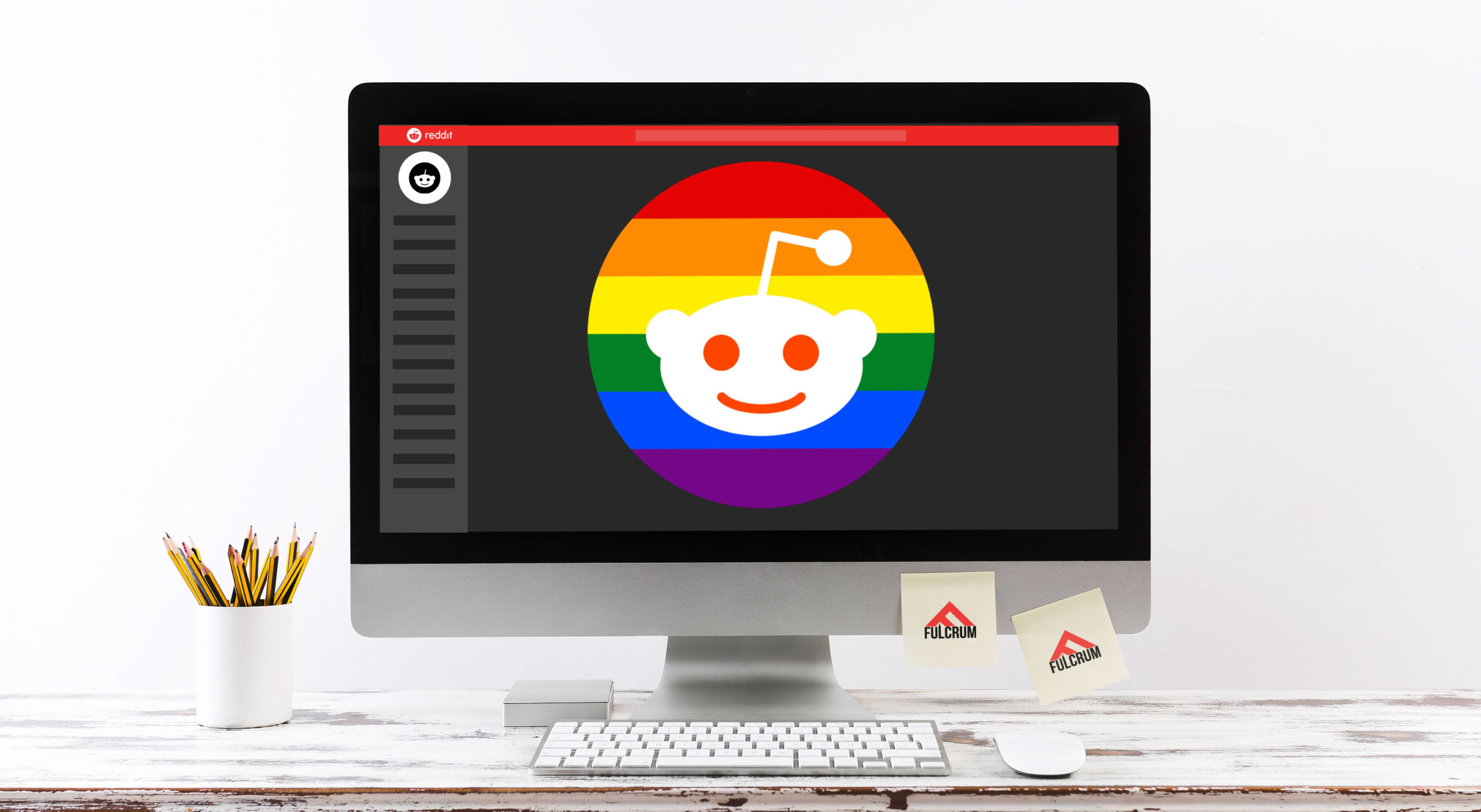LGBTQ2+ “safe” spaces have evolved over the years, but how do they compare?
Modern-day Pride is different for everyone. However, it has traditionally been predominantly focused on gay white men, leaving lesbians, transgender women and men, and LGBTQ2+ Indigenous people often left aside.
Since the equality movements of the 1970s, the history of LGBTQ2+ friendly gathering spaces has slowly evolved to include everyone. There has been an increase of Pride events around the world, such as the legalization of gay marriage. But Canada, and specifically Ottawa, have had their struggles in the past with supporting the LGBTQ2+ movements.
Beginnings of Pride safe spaces
LGBTQ2+ commons play a very important role in the history of Pride. These spaces, according to retired Laurentian University professor of sociology Gary Kinsman, began with tables at restaurants and bars where people could gather.
Slowly they grew, but Kinsman argues that full gay bars and restaurants didn’t really exist until the 1970s and the beginning of pride liberation movements. This being said, these spaces were never truly safe, and are still not fully safe spaces for LGBTQ2+ people in 2020.
But what exactly is a “safe” space? Kinsman doesn’t believe there is such a thing as a completely safe space for all members of the LGBTQ2+ community.
“I think it’s important to keep in mind that there were no safe spaces until after the liberation movements,” Kinsman said.
“It might’ve been safe for the middle-class, white gay men sometimes, but it certainly wasn’t for trans people, people of colour, or lesbians. Regarding the queer commons, this is the set of mostly – but not entirely non-commercial – areas we historically were able to establish for ourselves through our movements and struggles.”
Matthew Bromley, the University of Ottawa Students’ Union Pride Centre coordinator, agrees with this.
“When I moved here to Canada, the U of O was the first place that I heard the term ‘safer spaces,’” he said.“It takes into account that not all spaces are safe, but we kind of strive for it.”
For Bromley, the creation of safer spaces are meant to be a place where people can be themselves and have their voices taken into account. And for some people, these safer spaces are the only spaces where they feel comfortable.
“Unfortunately at the University, I have had comments from students where they say the centre ends up being one of the few spaces they feel safe in”
-Matthew Bromley, the University of Ottawa Students’ Union Pride Centre coordinator.
Historically, these safer spaces also varied depending on the group they were designed for. According to Kinsman, gay men would frequent bath houses and bars, lesbians were in sports and house parties, and many trans people visited bars as well.
As these safer spaces grew in popularity, so did their representation in media, providing both positive and negative repercussions. While LGBTQ2+ people’s lifestyles were becoming slightly normalized, it led to villainous tirades in mass media and with the police.
In 1975, everything came to a head when the Ottawa Police Service arrested people associated with a gay sex ring. Eighteen men had their names publicly released by the press, leading to the psychiatric care and firing of most of the men and the suicide of Warren Zufelt, a 35-year-old public servant.
In Canada, while there was no Stonewall, the Toronto bath raids, which was the largest single arrest in the history of the city, and a multitude of protests across Canada sparked a conversation on normalizing queer relationships and the social response to the community.
Ottawa was at the centre of this conversation since it was, and remains, the centre of politics in Canada. But Kinsman says that, historically, Ottawa throughout the 1900’s was also the epicentre of “the war against the LGBT”.
Although Ottawa has been at the centre of legislative advancements for gay rights, it has also been at the forefront of police resistance and social discrimination against those in the LGBTQ2+ community.
Throughout the 1970’s, socially conservative groups and religious fundamentalists invited Anita Bryant, who “crusaded against legislated human rights for lesbians and gays, using fears of children being recruited to homosexuality and the Christian family being undermined,” according to Canadian LGBTQ+ history expert Tom Warner.
“There were campaigns against LGBT people, since a lot of Ottawa jobs centres around public service,” he said. “There was a narrative painted that they (LGBTQ2+ people) were living double lives, where men had sex with men and women had sex with women.”
This sparked public outcry, and it continued well into the 1980’s.
Although the history is plagued with nuances, over time LGBTQ2+ members were able to share their experiences and communicate openly, and take Pride in their commons. The Centretown Pub, which closed its doors in 2017, was one of Ottawa’s first gay bars and paved the way for those that line the streets today, like Lookout, Swizzles, and T’s Pub.
Modern Pride safe spaces
It doesn’t need to be said anymore that the internet has changed a lot; but it has definitely altered the way the LGBTQ2+ community interacts, especially in regards to the relationship of these social hangouts.
Instead of going to bath houses and bars, you can log onto a subreddit or a chat room and talk to people who have similar interests and experiences to you.
“I personally preferred online spaces. I find that it’s easy to find people like me on online spaces,” Bromley said. Although he participates in political discussion and has witnessed others being harassed online, he hasn’t had too many negative experiences.
“Luckily you’re able to control the media you see online., Bromley adds, also acknowledging online communities also help with accessibility. “Being able to speak at the moment, like a student can message me whenever they want and I can respond back really quickly, it’s really helpful.”
Universities like the University of Ottawa provide programs and spaces on campus that specifically aim to help people in the LGBTQ2+ community, such as the Pride Centre. However, Bromley, who started at the Pride Centre last October, believes that creating a safe space for just LGBTQ2+ members isn’t enough.
“This concept of having a safer space in the Pride Centre went beyond creating just a safe space for LGBT people to gather, but it was a very intersectional space. I wanted to make sure that students understood that our centre is not just a safer space for those who have their identity shown in the mainstream media, but ensure that identities that normally don’t get talked about like how race plays into it, like how our centre is for Black Lives Matter,” he said.
“Black trans women are, for example, are one of the most vulnerable groups because of how they intersect communities. The Government of Canada hasn’t done anything to support Black Lives Matter and denounce the racism that happens in Canada. That intersects with our community as well, because that means black trans women are becoming even more vulnerable. But we’re not seeing those changes happening,” Bromley said.
According to Statistics Canada, 45 hate crimes against transgender or agender people were reported to the police between 2010 and 2018, with 80 per cent of these incidents being violent crimes.
The future of Pride safe spaces
With the onset of COVID-19, online groups and communities play even more of a role than ever when it comes to safe social engagement.
“We can’t meet safely anymore,” Bromley said. “And an online space is still a space. And for a lot of people, this is the most accessible space.”
Kinsman has also seen the emergence of mutual aid programs and support channels for people in need especially during the pandemic, like the ones the U of O Pride Centre have been running. However, stay-at-home orders haven’t been simple for everyone… “Many queer and homeless people don’t have homes to stay in. And for many women, the home isn’t a safe space for them,” he said. According to a survey from RainCity Housing, while ten per cent of Canadian youth identify as LGBTQ2+, they make up 25 to 40 percent of homeless youth.
Bromley hopes that the future of safer spaces will be a mix of in-person and online. He says that online spaces also helps closeted people and those who want anonymity or simply dislike an in-person environment. The main focus, in his view, should be on the flexibility of spaces, both online and in-person.
“I do hope that online events, for example, continue to some capacity,” he said. “Or that some people can come to a physical space but they can also broadcast, like it’s a livestream.”
Other groups, like the the LGBTTQ+ Around the Rainbow Family Services Ottawa, uOttawa Outlaws, and the Qu’ART have all moved their services and communities online to adapt to the COVID-19 pandemic.





